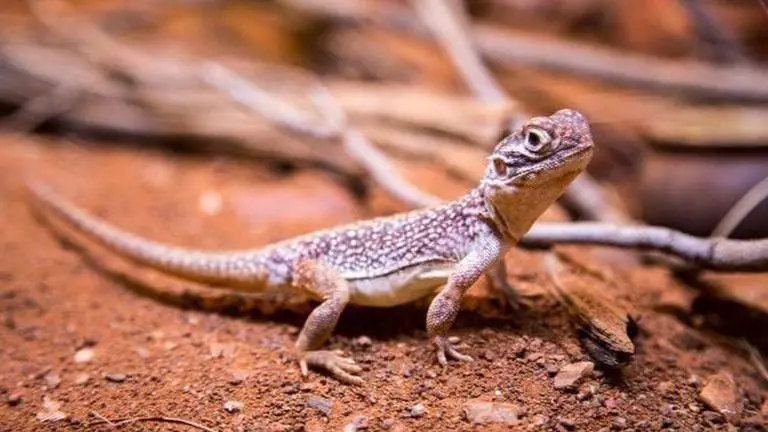Updated 15 June 2021 at 07:34 IST
New species of extinct lizard first misidentified as a dinosaur discovered
Previously, the species 'Oculudentavis naga' had been listed as the smallest-known bird after researchers identified it as a 'hummingbird-sized dinosaur.'
- Science News
- 3 min read

A new species of lizard, previously misidentified as a bird was discovered in a recent study by an international research team. According to the findings published in Current Biology, the species named 'Oculudentavis Naga' has been confirmed to be a lizard. Previously, the species was listed as the smallest-known bird after researchers identified it as a 'hummingbird-sized dinosaur.'
In an institutional press release, Arnau Bolet of Barcelona's Institut Catala de Paleontologia Miquel Crusafont who led the team of researchers to the new find said, "The specimen puzzled all of us at first because if it was a lizard, it was a highly unusual one."
The specimen is in the same genus as Oculudentavis khaungraae and has been named Oculudentavis naga in honor of the Naga people of Myanmar and India. It is represented by a partial skeleton which includes a complete skull preserved in amber, along with visible scales, and soft tissue. The two fossils of the exotic lizard which have been discovered are said to be about 99 million years old and have been found in the same area.
Oculudentavis Naga characteristics
A number of characters that earmark lizards were discovered by the research team using CT scans to separate, analyze and compare each bone of species digitally. What was particularly unique about the lizard was its small, unusual skull, preserved with a short portion of the spine and shoulder bones.
"From the moment we uploaded the first CT scan, everyone was brainstorming what it could be," said Juan Diego Daza, assistant professor of biological sciences at Sam Houston State University. "In the end, a closer look and our analyses help us clarify its position."
While Oculudentavis' birdlike skull proportions had given researchers a run for their money, study co-author Susan Evans, professor of vertebrate morphology and paleontology at University College London said that the findings became clearer as the researchers digitally isolated each bone and compared them with each other.
Advertisement
"Despite presenting a vaulted cranium and a long and tapering snout, it does not present meaningful physical characters that can be used to sustain a close relationship to birds, and all of its features indicate that it is a lizard," she said.
The major find of the mystery reptile was the presence of scales, teeth attached directly to its jawbone, lizard-like eye structures, and shoulder bones, and a hockey stick-shaped skull bone which proved to be the clincher. All these features are largely shared among scaled reptiles.
Advertisement
(With Agency Inputs)
Published By : Ananya Varma
Published On: 15 June 2021 at 07:34 IST
